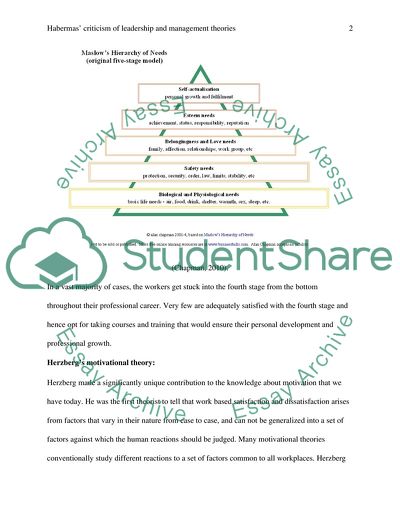Cite this document
(“Motivation, Communication and Leadership Concepts Coursework - 1”, n.d.)
Motivation, Communication and Leadership Concepts Coursework - 1. Retrieved from https://studentshare.org/social-science/1747700-critical-perspectives-on-management-and-leadership
Motivation, Communication and Leadership Concepts Coursework - 1. Retrieved from https://studentshare.org/social-science/1747700-critical-perspectives-on-management-and-leadership
(Motivation, Communication and Leadership Concepts Coursework - 1)
Motivation, Communication and Leadership Concepts Coursework - 1. https://studentshare.org/social-science/1747700-critical-perspectives-on-management-and-leadership.
Motivation, Communication and Leadership Concepts Coursework - 1. https://studentshare.org/social-science/1747700-critical-perspectives-on-management-and-leadership.
“Motivation, Communication and Leadership Concepts Coursework - 1”, n.d. https://studentshare.org/social-science/1747700-critical-perspectives-on-management-and-leadership.


